This is the first in a four-part blog series on how to get started with redesigning your website. In this series, we’ll help you identify and navigate some of the key questions to answer before you push any pixels, write a line of code, or brainstorm new copy.
We get asked by clients and potential clients all the time what’s better, Squarespace or WordPress? Drupal or Hugo? But these questions are really like comparing apples and oranges. While each of these are website platforms, they all serve different purposes and provide different functionality. It’s important to understand the various platform types before you try and answer the question “which one is right for my needs.”
Platform types: So what’s the difference?
In this context, when we refer to “website platforms” we are not talking about the underlying programming language or web development platform (e.g., PHP, ASP.net, JSP, Angular, etc.). We are talking about tools you use to build, publish, update, and maintain your website. The former will certainly have implications regarding the site’s functionality, development and maintenance costs, the databases it uses, and the servers that host the site. But for the purposes of this series of posts, we are limiting the discussion to the latter definition of website platform.
Following are five platform types you may be considering for your website.
Content Management Systems
Often referred to by their abbreviation, CMS or WCMS for Web Content Management Systems, these platforms are really popular for building websites. They are designed to handle frequent and sometimes complex amounts of content from videos to blog posts. They provide easy tools to manage your content (hence the name) and tend to be open source and very versatile for supporting many customizations. Content Management Systems have become a useful part of a web developer’s toolbox. Although you technically don’t have to know a single line of code to publish content using a CMS, the learning curve for some CMS platforms can be slightly steep if you are not familiar with a bit of HTML.
And then there’s figuring out: Which CMS is best for me? How much is it going to cost me? What is the learning curve? What features does each CMS offer that my business requires? But let’s not jump ahead. We’ll cover some of of these CMS-specific questions in the third blog post in this series.
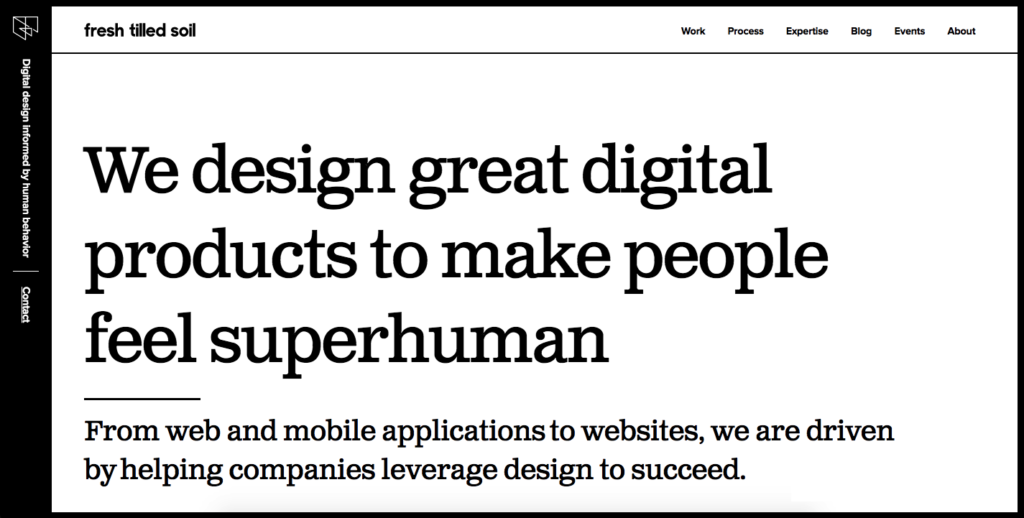


Drag-&-Drop/Templated Web Builders
Drag & Drop, or Templated Web Builders offer out-of-the-box websites on platforms that typically incorporate hosting and design into one product. They most often use a What You See Is What You Get (WYSIWYG) interface that makes designing your site easy, and integrate publishing your site to the Internet. Templated web builders typically come with a variety of themes with an easy walk-through setup, from creating pages to adding text. Customization is possible beyond the out-of-the-box templates, but you have to know the particular platform’s markup language in order to get the job done. This type of web platform tends to be popular with artists, artisans, and small businesses.
Platform Examples: Squarespace, Wix, Weebly
Halotop Ice Cream, John Malkovich Fashion, and Y7 Studio all use this type of website platform.
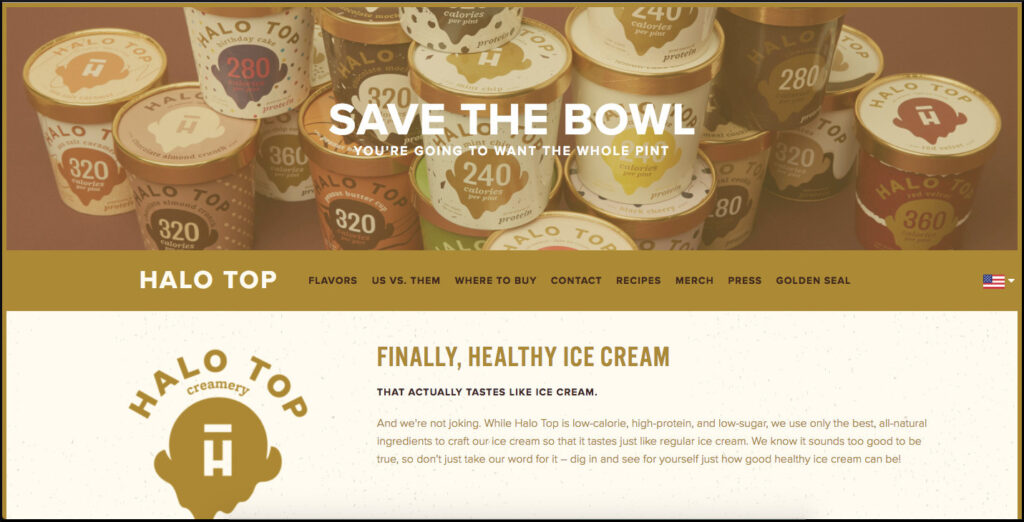

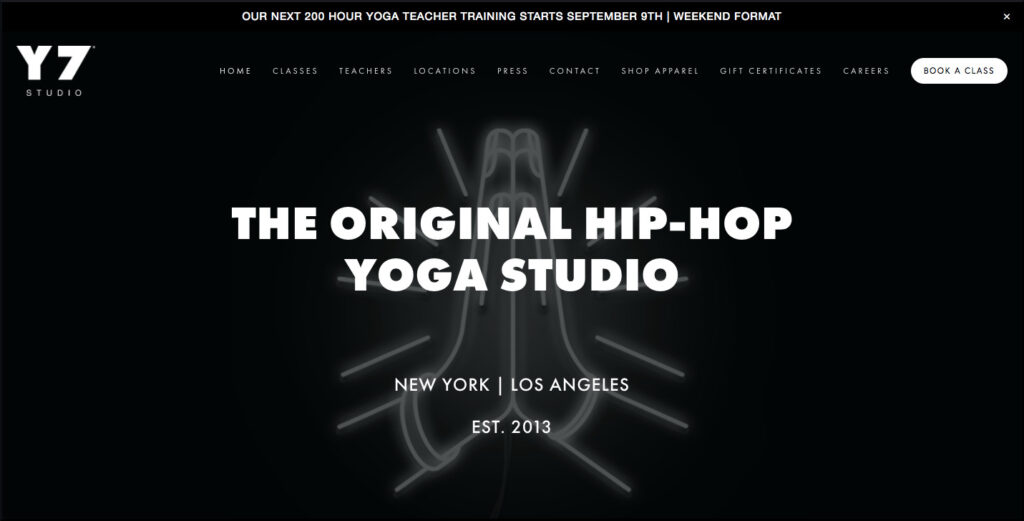
Static Website Builders
Static Website Builder are a simpler take on a CMS that’s more developer-friendly and conversely less friendly for those without a development background or experience. Whereas CMS website platforms uses a database to store and retrieve content, static website builders store content in markdown or HTML files, which are then populated into HTML templates and exported as static HTML pages that can be easily uploaded to your host of choice. Static websites can be suitable for content that never or rarely needs to be updated. They are sometimes referred to as brochure sites, since they give you a lot of the same information that you would expect from a brochure. The content that is presented does not change with end-user interaction. They can have content that changes regularly, and many of them are used as blogging platforms. But to effectively update these types of sites, one must be familiar with markdown, markup, and/or templating languages. There are, however, CMS plugins available to make it easier for people who do not have experience writing in one of these languages to update a static site. Static sites are the most basic type of website and are the easiest to create. They tend to be popular among tech blogs and personal websites.
Platform Examples: Hugo, Jekyll, GitHub Pages
Cloudshark, NODESK, and Clearhaus have websites using static platforms.
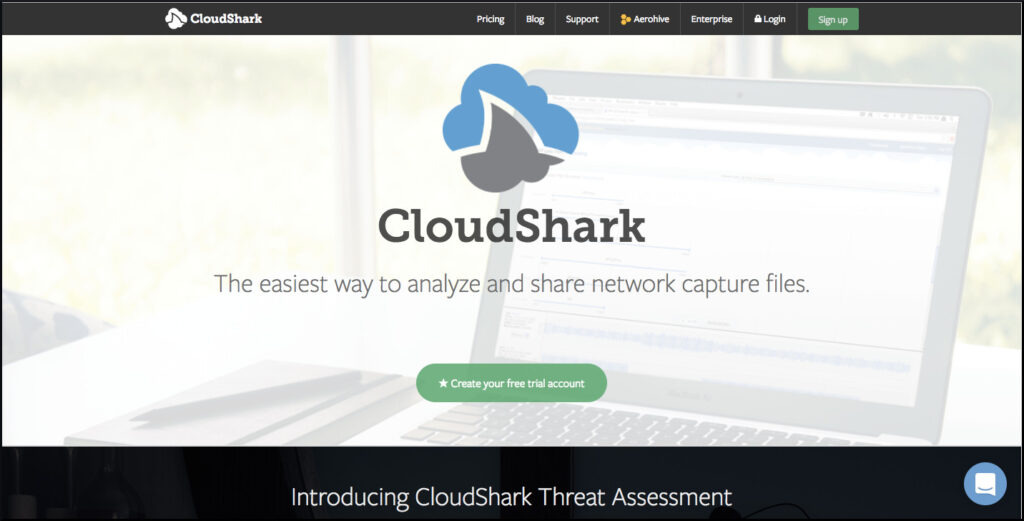
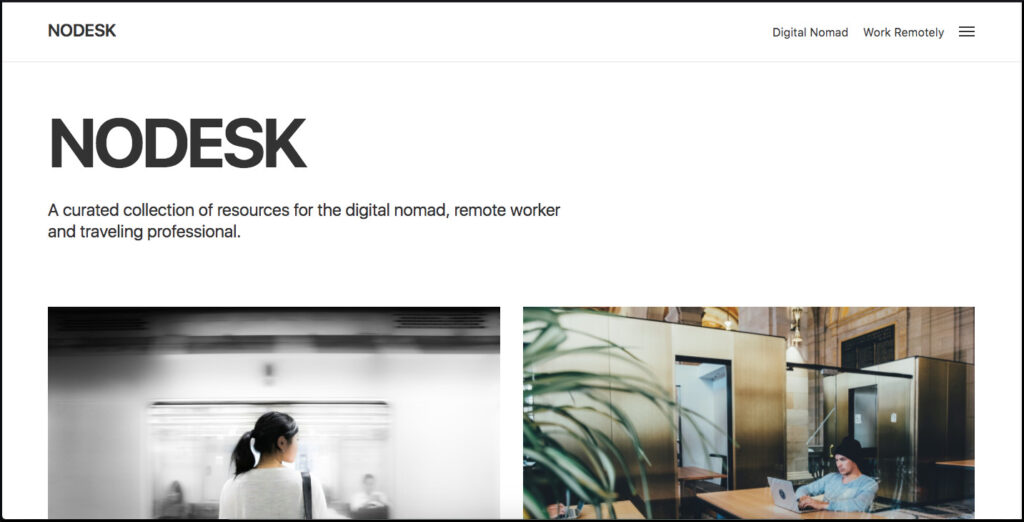

eCommerce Sites
eCommerce sites are designed for one express purpose – to sell goods (and sometimes services) online. They are ideal for sellers of goods given their built-in features that help with shipping and social plug-ins. If you need to run an online store from your website, you will likely end up with an eCommerce platform.
Platform Examples: Shopify, Magento, Bigcommerce
Pop Chart Lab, Cuppow, and Tattly are examples of eCommerce sites.
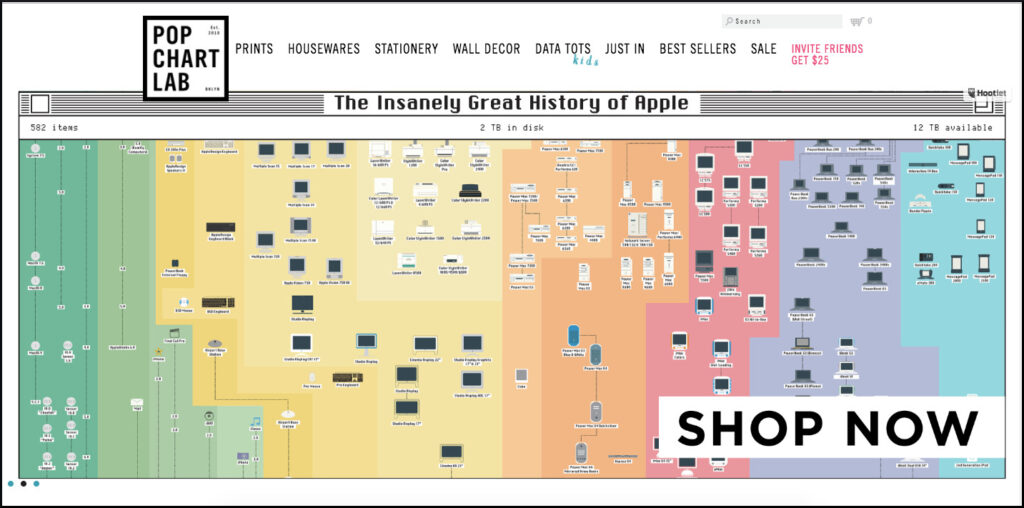
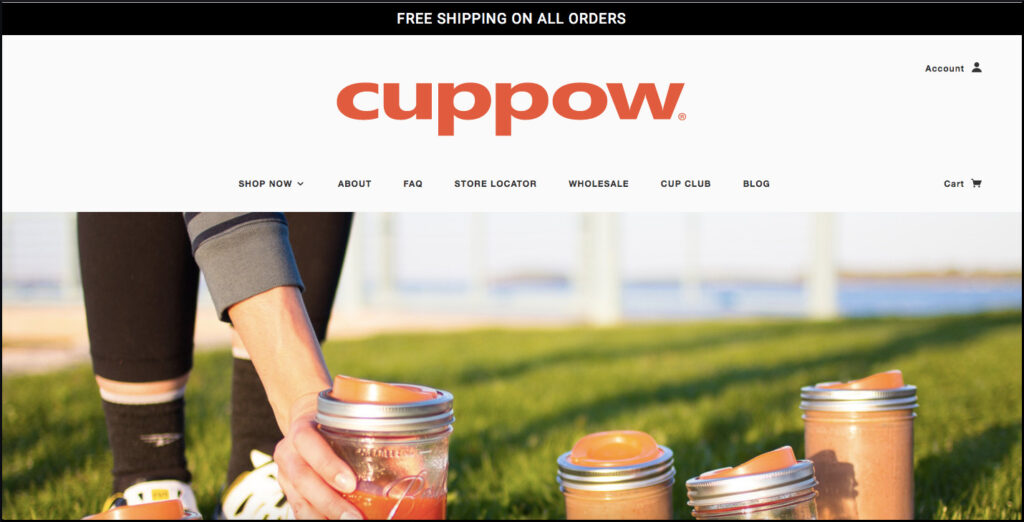
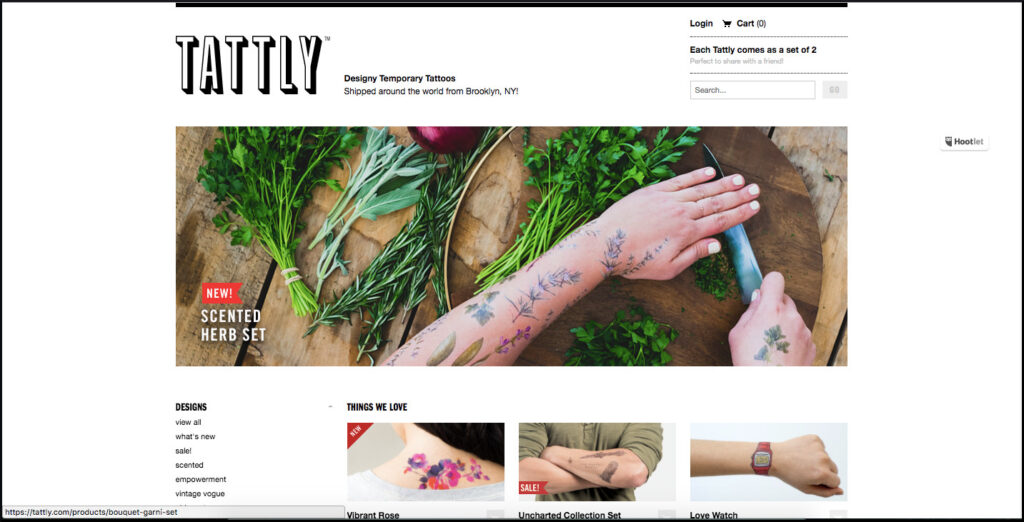
Hybrid CMS/Drag-&-Drop
There’s really one provider that stands out in it’s own category of Hybrid CMS, and that’s HubSpot. As a Boston-based digital design company, we get our share of questions about this website platform. When people refer to HubSpot, they are usually referring to HubSpot’s marketing automation software that allows you to build landing pages, create SEO-friendly blog posts, launch email marketing campaigns, track analytics, and more from one dashboard. However, HubSpot also has a CRM, sales software, and a website builder. A hybrid solution might be right for you if you want to have a few web pages and a blog and you can leverage “off-the-shelf” functionality & widgets (with minimal custom development). HubSpot’s end-to-end inbound marketing and website platform may be of interest to you if you don’t wish to have as much control over integrations and customizations.
Platform Examples: HubSpot
Catapush, Bizible, and Origami Logic
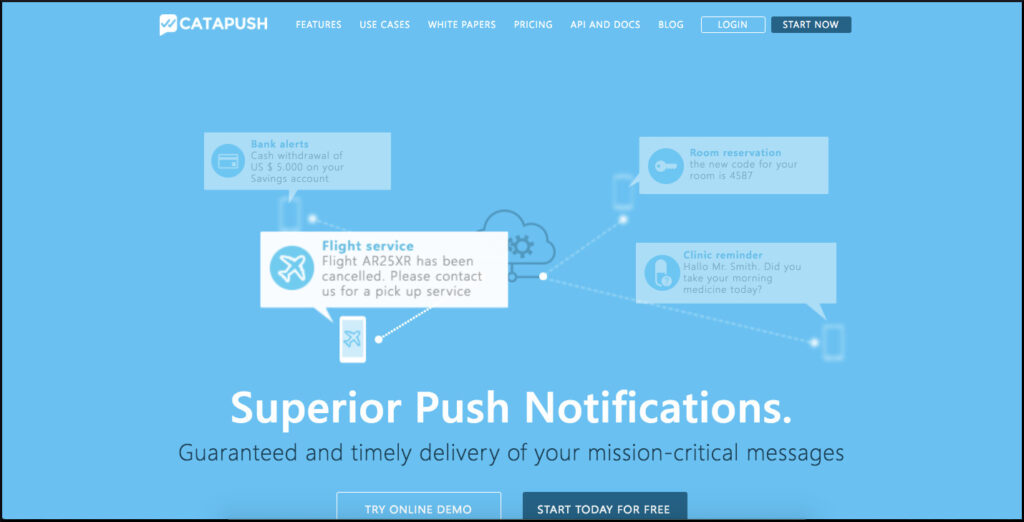
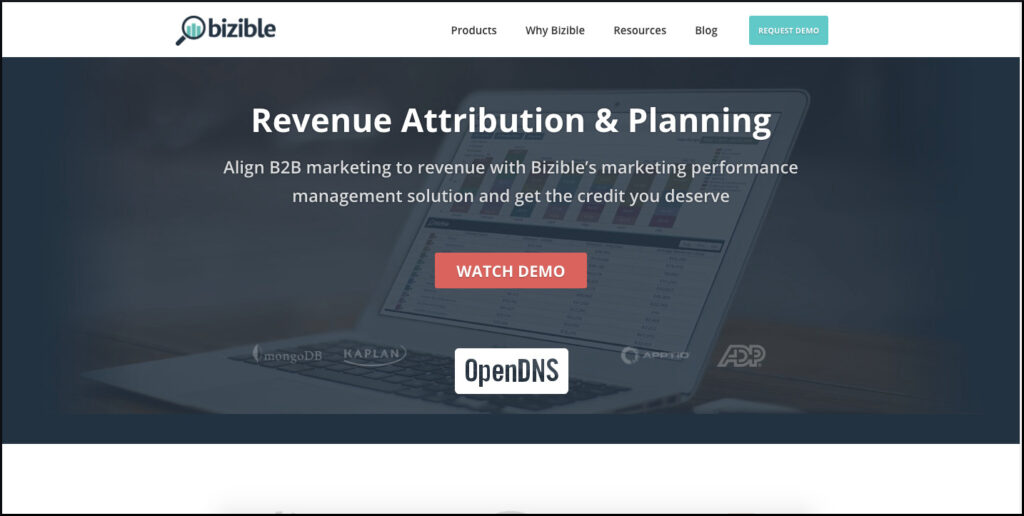
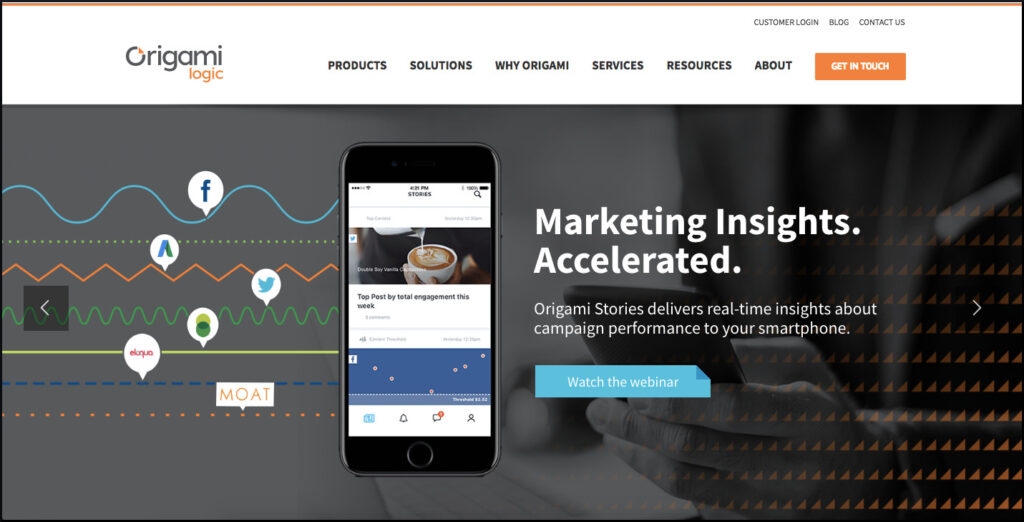
So how do I choose which one is right for me?
And now back to the original question – “Do I really need a CMS?” The answer depends on the answer to another key question. Specifically, What is the main purpose/goal of your website? And this is the topic we will cover in next week’s post!
Choosing the right website platform is an critical early step in the process of building a website. The options are numerous and can be confusing. We can help walk you through answering the right questions to identify the right platform that will address your needs. Let’s chat.
